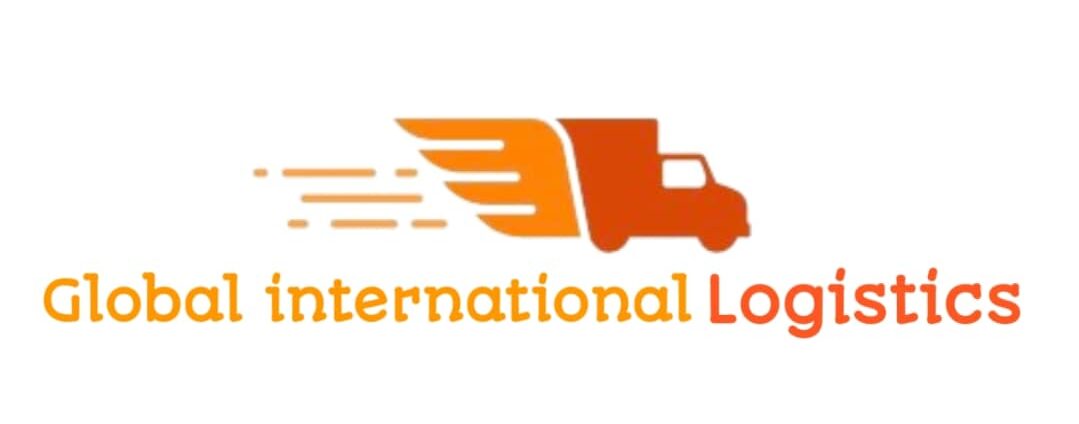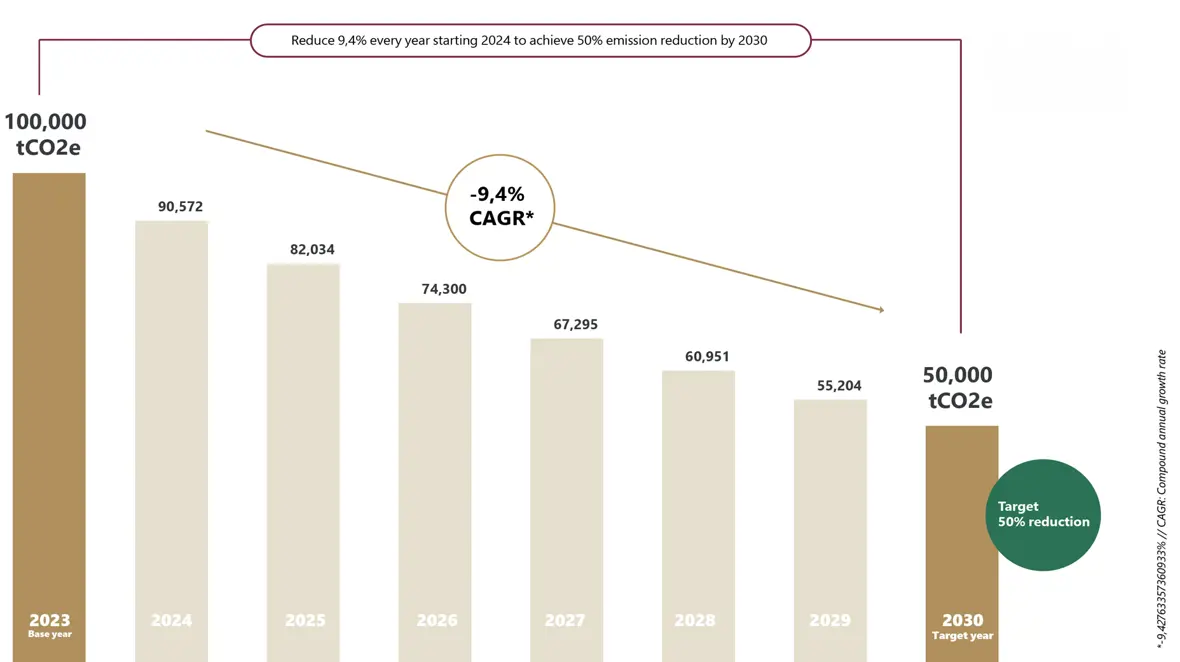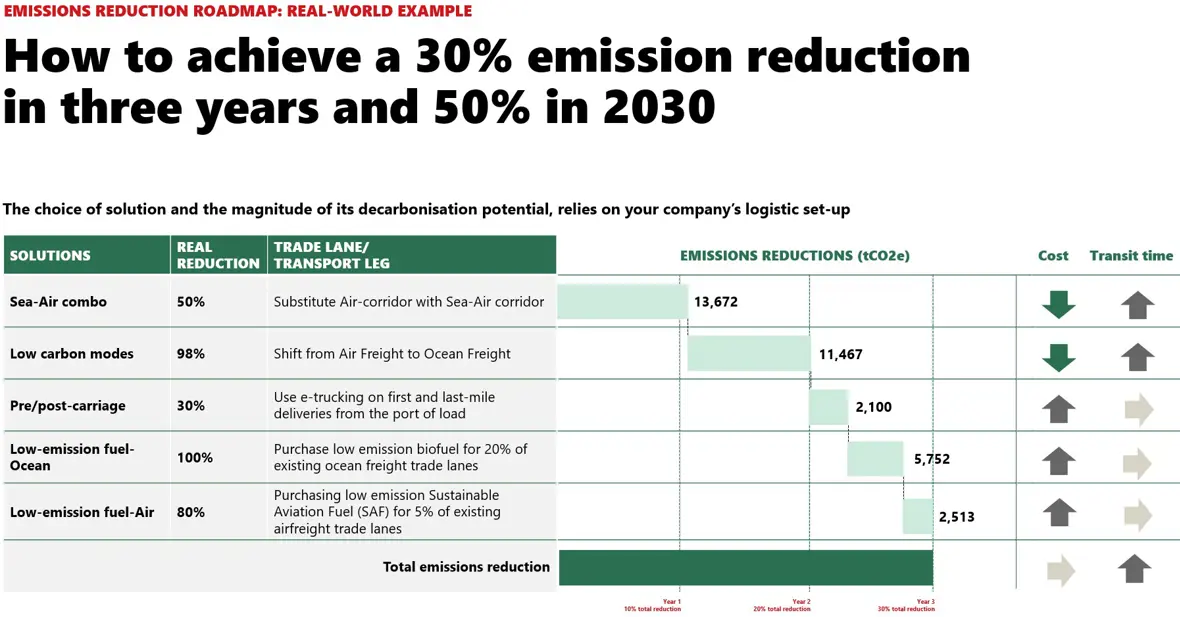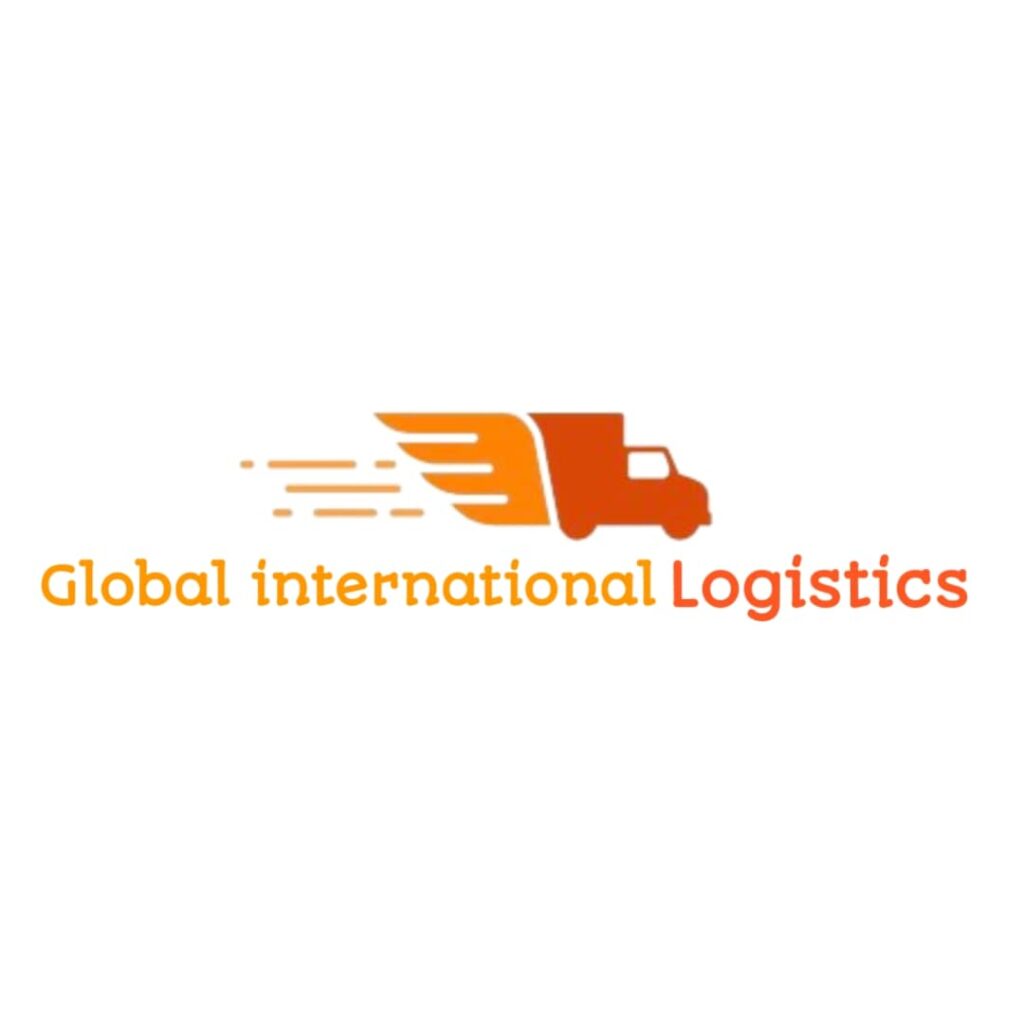Boxing Day. The busiest shopping holiday of the year in North America. A prominent junior apparel retailer with 14 banners and 1,000 stores across Canada called us to help ensure their stock availability for the season sales. Within four days, our team implemented a warehouse and courier solution, increasing the daily container processing from two to seven, thus increasing sales.
THE CHALLENGE
The influence of quickly evolving clothing trends, stiff competition, and high demand makes it critical for the customer to always have sufficient stock and get products to store shelves on time.
Especially for Canada’s Boxing Day. An effective inventory management system is the difference between a sale and the shopper diverting to the competition.
Tried and failed
Previously, the retailer had used different forwarders to get all the products moving on time. However, they experienced delayed Halloween products and subsequently lost profits.
Finding an inventory solution able to meet the needs of the holiday shopping crowd was of the utmost importance.
SOLUTION
Already offering services for other customers along the west coast, our team began strategising the best solution to accommodate the retailer’s required volumes.
Some of the questions informing the right solution were:
- How to track inventory properly?
- How to know the products’ exact location?
- How to know where products will be shipped off to next?
It was soon apparent that to improve inventory processing, enable proper forecasting and secure the timely flow of goods to the stores, the optimum solution was establishing a new warehouse and connecting the supplier to our courier system.
Though working under a tight deadline, in a remarkable team effort fueled by the ever-present drive to turn challenges into solutions, our team set up an integrated warehouse and courier system in only four days.
Planning discussions were held on a Thursday; the implementation team assembled Friday and worked through the weekend. On Monday, the customer had what they needed:
An effective warehousing and distribution solution supporting their business goals.
The required warehouse build-out process was new to the customer, so to ensure a successful implementation, the process was carefully mapped out and followed in close collaboration between all parties involved.
RESULTS
Receiving started the very next day, and seven containers were processed compared to the average of two previously processed in the same time frame.
With the new solution implemented, the retailer’s allocation system could be updated and organised per their protocols. Trucks got on the roads and the products into stores in time for Boxing Day.
Increased future sales and costs savings
Beyond Boxing Day, the solution enables the retailer to get more products to the stores faster, increasing available products for sale.
In addition, the solution decreases the storage, detention, and demurrage of containers that would previously sit at the port, waiting for the warehouse’s capacity to offload them, consequently providing cost savings to the customer.
Continuous Improvement
To ensure continuous improvement, our team implemented a customer survey to calibrate performance from the customer’s retail outlets to obtain feedback on on-time performance, ease of operation, communication, and overall experience with the service provider.
The feedback and results received were positive.
Through thoughtful, strategic and swift planning and execution, our skilled North American team uncomplicated the customer’s logistics, enabling them to meet their customers’ desire to unbox more junior apparel on Boxing Day. Challenge accepted. Problem solved.






